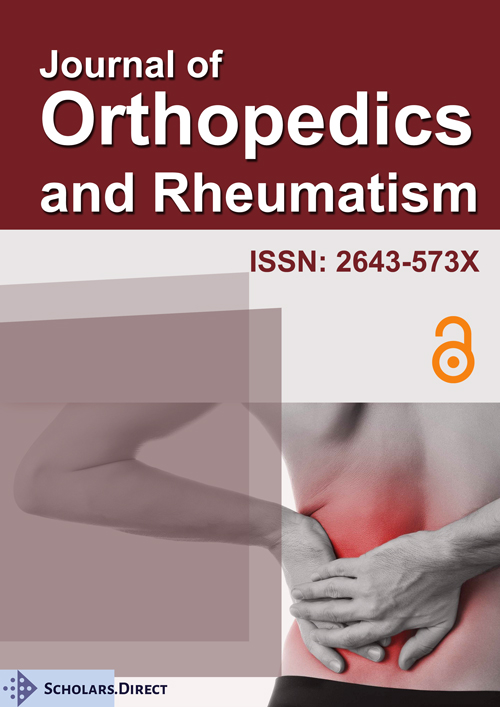Who's to Blame for the Opiod Overdose Epidemic?
There is considerable consternation about the fact that the number of drug abuse deaths now exceeds the number of highway deaths in the United States (47,005 vs. 32,675 in 2014). The Centers for Disease Control report that the rate of death due to opiods increased by 200% from the years 2000-2014.
Blame for this crisis has frequently been laid at the feet of over-zealous physician pain prescribers. Those physicians who see patients primarily because they have pain (like orthopedists and rheumatologists) are particularly singled out as offenders. Clearly, physicians are motivated to help their patients anyway that we can and respond to their complaints with the resources available to us. The problem is that many of the resources to treat pain have been removed by circumstances beyond the control of those of us in the trenches of medical care.
The use of opioid pain relievers was much lower before the withdrawal of Vioxx and Bextra from the market by Merck and Pfizer respectively. Numerous studies showed that the pain relief provided by these drugs was equal or superior to opiate medications for many conditions from sprain/strains to post-operative pain. From a surgical prospective, the cyclo-oxygenase-2 inhibitors offer a unique option to relieve pain and have no increased risk of bleeding due to lack of platelet inhibition characteristic of other NSAID's. Their addictive potential is zero. The Cox-2 drugs are still available in Celebrex and Arcoxia (the later not available in the US but in sixty other countries), but circumstances of fear generated from the market withdrawal of the first two medications noted above has greatly decreased their use as pain and anti-inflammatory drugs.
Examination of the circumstances which resulted in the withdrawal of Vioxx and Bextra leads to questions of the appropriateness of those actions. Vioxx was initially approved by the FDA for the treatment of pain, osteoarthritis and dysmenorrhoea (1999) Celebrex was approved for osteoarthritis and rheumatoid arthritis (1998) and for prevention of colon cancer in patients with familial polyposis (1999). Eventually, Vioxx was approved for rheumatoid arthritis as well, but it was during the course of a study to show that it could also be used for cancer prevention that the risk of cardiovascular events was clearly increased with higher dose Vioxx as compared to placebo. Subsequently, Merck, as a corporate decision, withdrew Vioxx (2004). Bextra was approved in 2001 for OA, RA and menstrual pain, but was withdrawn at the request of the FDA when Vioxx went off the market.
Prior to that time, NSAID's were the go-to meds we used for pain relief especially for inflammatory and mechanical pain conditions. Cox-2 specific inhibitors like Celebrex, Vioxx and Bextra offered the advantage of being less likely to cause gastric ulcers and not interfere with platelet aggregation as did the traditional Cox-1 inhibitors. In addition, Bextra was available in injectable form and offered an attractive alternative to Toradol, particularly for pre- and post-operative pain management. All NSAID's including the Cox-2's have the potential to increase fluid retention due to effects on renal function and, subsequently can lead to increased blood pressure and risk for cardio- and cerebrovascular events. Thus, all patients on these meds need periodic monitoring of blood pressure and blood tests including renal function parameters.
Complicating this situation in the early 2000's were speculative reports that Cox-2 specific NSAID's had unique effects on clotting mechanisms in the body not present in Cox-1 meds. This concept was propagated by cardiologists from the Cleveland Clinic and ultimately led to an FDA-mandated prospective trial to look at cardiovascular safety of Celebrex as compared to Ibuprofen and Naproxen. The Precision Trial has been supervised by the Cleveland Clinic and is funded by Pfizer to the tune of multi-millions of dollars. The trial has recently been completed after ten years, but the results have not been announced. As a participating investigator, I can relate that the difficulty in recruiting patients with high cardiovascular risk and arthritis and asking them to take 8-10 additional pills a day will probably lead to a high dropout rate and may not give any meaningful answers to the original question anyway.
This editorial is not meant to deflect responsibility from other causes of the opiate crisis including pharmaceutical companies taking advantage by promoting their pain relief products and well-meaning organizations and attorneys eager to decry the use of NSAID's as dangerous to human health. We, as physicians, are also culpable as prescribers who allowed ourselves to keep refilling medications we knew could lead to addiction.
My hope is that we have learned from our experience and it will lead to a better perspective of pain treatments not reliant on opiates alone. It would also be appropriate for the FDA to re-consider approval of Arcoxia, an analogue of Vioxx, for pain management and for Pharma to develop new opiate alternatives.
References
- Rudd RA, Aleshire N, Zibbell JE, et al. (2016) Increases in Drug and Opioid Overdose Deaths - United States, 2000-2014. Weekly CDC Reports 64: 1378-1382.
- Clinical Trials.gov (2016) Prospective Randomized Evaluation of Celecoxib Integrated Safety vs. Ibuprofen and Naproxen (PRECISION), Pfizer, Cleveland Clinic.
- Arthritis Center (2007) FDA Arthritis Advisory Panel Votes Against Approval of Etoricoxib for Osteoarthritis, Johns Hopkins.
Corresponding Author
Justus Fiechtner, Division of Rheumatology, Colleges of Medicine, Michigan State University, USA, Tel: 517-272-9700.
Copyright
© 2016 Fiechtner J. This is an open-access article distributed under the terms of the Creative Commons Attribution License, which permits unrestricted use, distribution, and reproduction in any medium, provided the original author and source are credited.




